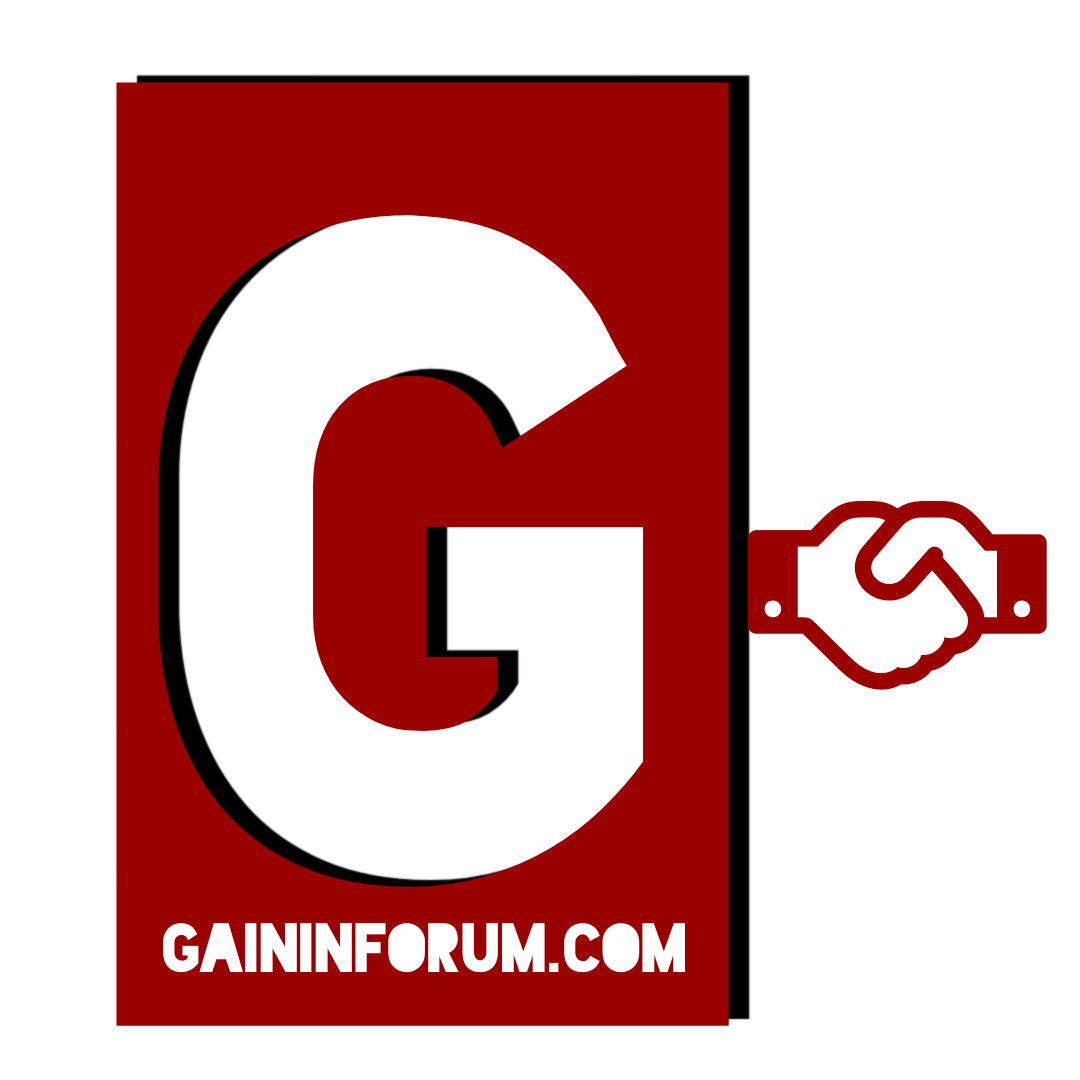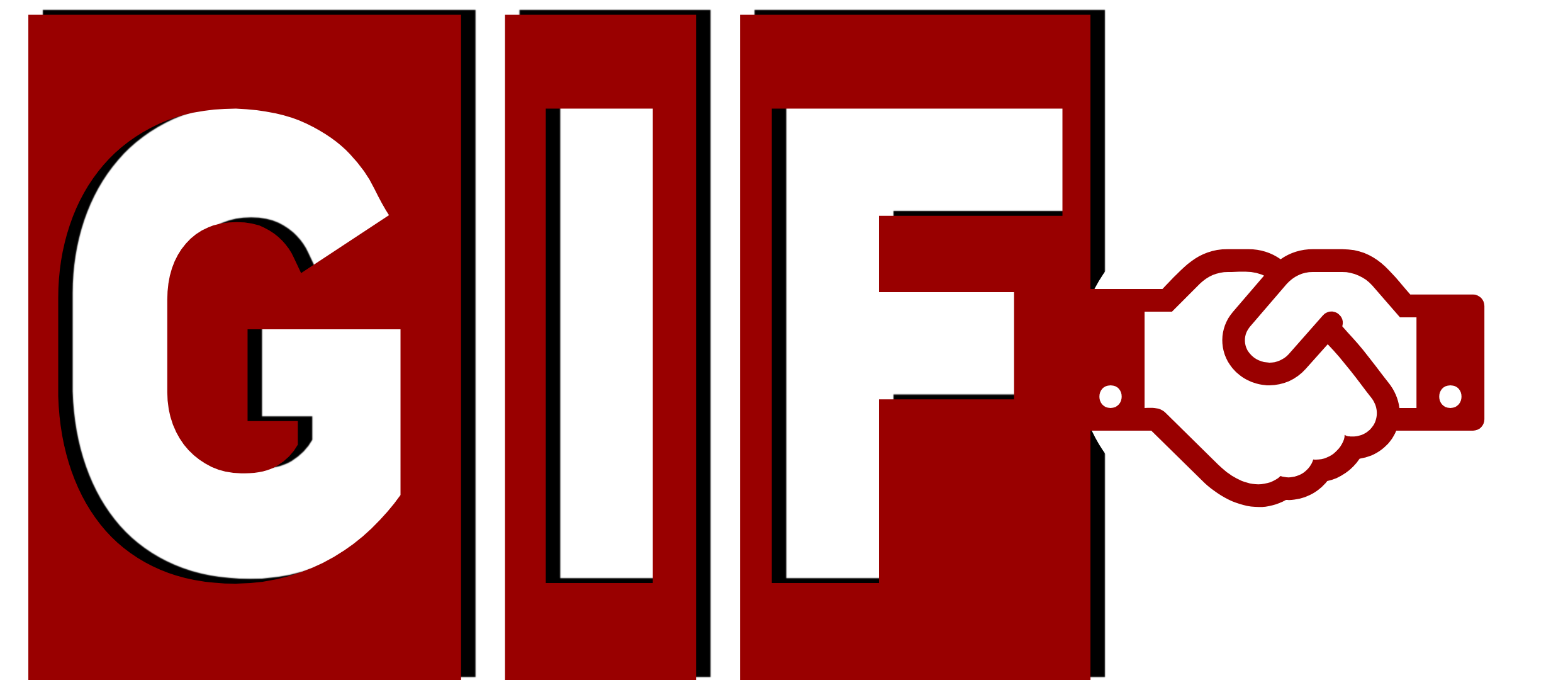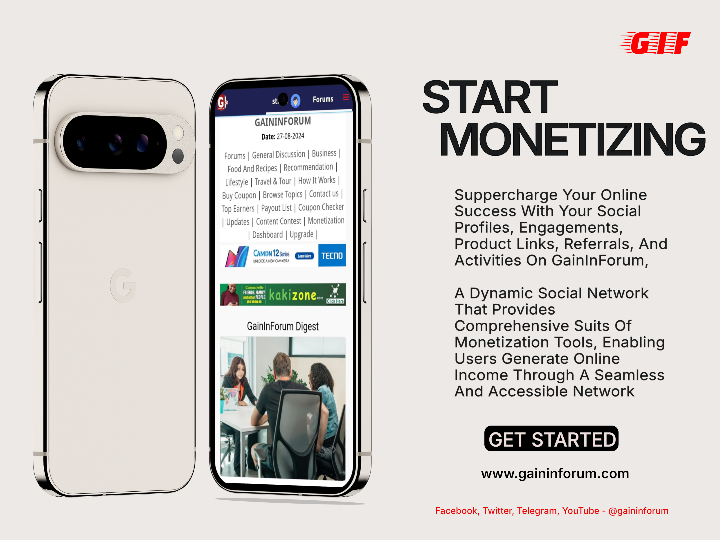|
|
|

I'll be discussing about the difference between direct and indirect monetization and how revenue is generated from users or platforms
Direct Monetization: This is when you make money directly from users. For example, if you sell a product, charge for a subscription, or have in-app purchases, you’re earning money straight from your customers.
Indirect Monetization: This is when you earn money in a roundabout way. Instead of charging users directly, you might make money through ads, affiliate links, or by selling user data (with proper consent). Here, you’re not directly charging your users; instead, you’re using their activity or data to generate revenue.
Direct monetization involves earning revenue straight from your users through various methods. Here’s a deeper look at the different approaches:
Sales
Product Sales: Selling physical or digital products directly to customers. For example, an e-commerce store sells merchandise, or a software company sells its applications.
Service Sales: Offering services like consulting, freelance work, or custom development and charging customers for these services.
Subscriptions
Recurring Fees: Charging users a regular fee (monthly, annually) for access to content, features, or services. For example, streaming services like Netflix or software as a service (SaaS) platforms like Adobe Creative Cloud.
Tiered Subscriptions: Offering different levels of access at different price points. For example, a basic tier might offer limited features, while a premium tier provides full access and additional perks.
In-App Purchases
Consumables: Virtual items that can be used up, like in-game currency or energy boosts. Once used, users may need to buy more.
Non-Consumables: Permanent additions to the app, like removing ads or unlocking a special feature.
Subscriptions within Apps: Charging for ongoing access to premium content or features directly within an app.
Freemium Model
Basic Free Access: Providing a basic version of your product or service for free, but charging for premium features or content. This model helps attract users and convert them into paying customers for advanced features.
Event Tickets
Paid Events: Hosting and charging for events, whether they’re physical, virtual, or hybrid. Examples include webinars, conferences, or workshops.
Crowdfunding
Pre-Sales: Using platforms like Kickstarter to raise funds by pre-selling products or services before they’re officially available. Supporters often receive early access or special rewards.
Memberships
Exclusive Content: Creating a members-only area with exclusive content, resources, or community access. Members pay for the privilege of being part of this exclusive group.
Advantages of Direct Monetization
Clear Revenue Stream: Revenue is directly tied to user payments, making it easier to predict and track.
User Engagement: Users who pay for access are often more engaged and invested.
Control: You have direct control over pricing and revenue models.
Challenges of Direct Monetization:
User Acquisition: Attracting and retaining paying users can be challenging and may require significant marketing efforts.
Value Perception: You need to ensure that users perceive enough value in your offering to justify the cost.
Competition: Many markets are competitive, making it crucial to differentiate your product or service effectively.
In essence, direct monetization focuses on creating value that users are willing to pay for, offering various ways to generate revenue through direct transactions.
Indirect Monetization
Indirect monetization involves generating revenue through methods that don’t rely on users paying directly for products or services. Instead, it leverages user interactions, data, or traffic.
Advertising
Display Ads: Selling ad space on your website or app. This includes banner ads, sidebar ads, or interstitial ads. Revenue is typically generated based on impressions (how often ads are viewed) or clicks (how often users interact with ads).
Native Ads: Ads that blend in with the content of your site or app, making them less intrusive and more engaging. They are often designed to look like part of the user experience.
Video Ads: In-app or website video ads, which can be skippable or non-skippable, and are often used in mobile apps and streaming platforms.
Affiliate Marketing
Product Recommendations: Promoting products or services from other companies and earning a commission on sales made through your referral links. For example, a blog might include affiliate links to books or gadgets.
Sponsored Content: Partnering with brands to create content that promotes their products or services, typically with an affiliate link included.
Data Monetization
Selling User Data: Analyzing and selling aggregated user data (with proper consent and compliance with privacy laws) to third parties for market research or targeted advertising. This includes demographic information, behavior patterns, and usage statistics.
Data Licensing: Licensing access to your data or insights to other companies, often for their own analytical or marketing purposes.
Lead Generation
Selling Leads: Collecting contact information or interest from potential customers and selling this information to businesses that may be interested in reaching those leads. For example, a site that collects inquiries for mortgage services might sell those leads to lenders.
Freemium Models
Basic Free Access with Ads: Offering a free version of your product or service supported by advertising, while providing an ad-free or premium version for a fee. This model attracts users with the free option and monetizes them through ads or upgrades.
Partnerships and Sponsorships
Brand Partnerships: Collaborating with brands to create co-branded content, events, or promotions. Brands often pay for these partnerships to reach your audience.
Sponsored Content: Creating content sponsored by a brand, where the brand pays for placement or endorsement.
Referral Programs
Earning from Referrals: Partnering with other businesses to refer users and earn a commission on any resulting sales or sign-ups. For example, a website might refer users to a financial service and earn a fee for each successful referral.
Advantages of Indirect Monetization
Broad Reach: Can be effective for platforms with high user engagement but low direct conversion rates.
Scalability: Many indirect methods, such as advertising, can scale with increasing traffic or user base.
User Experience: Often allows you to offer content or services for free, attracting a larger audience.
Challenges of Indirect Monetization
Dependence on Traffic: Revenue can be highly dependent on traffic levels, and fluctuations can impact income.
User Trust: Methods like data monetization and advertising can impact user trust if not handled transparently and ethically.

Requires Login







 1
1 






 Facebook
Facebook
 YouTube
YouTube
 Telegram
Telegram










What is the remedy to indirect monetization?